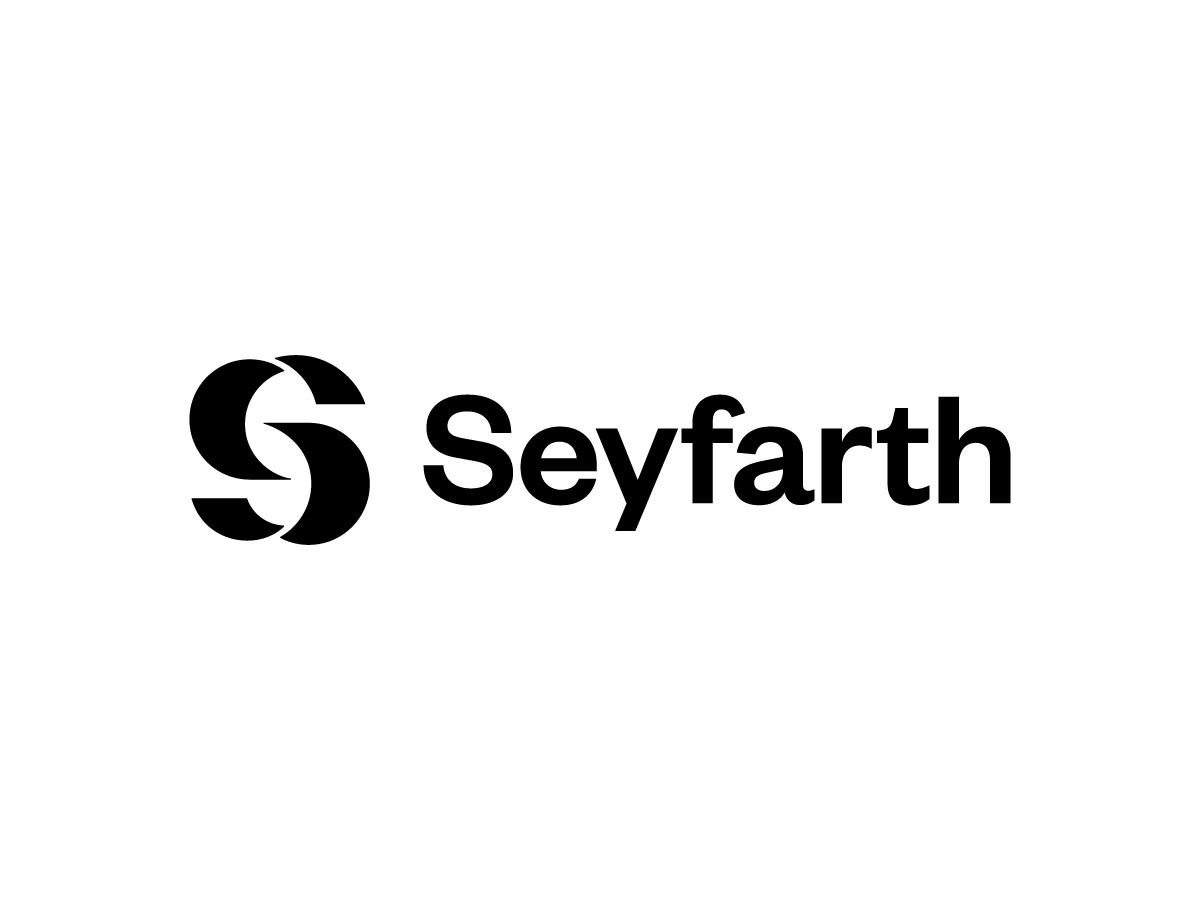Practical Tips for Writing Ex Parte Appeal Briefs
“Arguing the most clearly-wrong rejections first places the Board in the proper mental disposition for later arguments. They’re naturally going to be more open to you and more skeptical of other rejections if the examiner was so clearly incorrect on the first issue you raise.”
When it comes to ex parte appeals, the kid gloves come off. It’s always nice to be easy-going with the examiner when working directly with that person, but if an impasse is reached and you need to appeal, then there’s no reason to go easy anymore. Don’t be disrespectful, but it’s okay to be rigorous and articulate.
With that in mind, below are a few practical tips for writing an appeal brief to the Patent Trial and Appeal Board (PTAB). None of them are meant to serve as a magic bullet but they might help you get a leg up. And course, you need to have a decent case to appeal in the first place or nothing I say below is going to help very much.
Seven Tips for Success
#1 – Lead with Your Best Argument
Argue the most glaringly incorrect rejection(s) first. This means maybe you don’t start with the rejection of Claim 1. The appeal brief does not have to be sequenced to the final rejections themselves.
This tactic can make things easy on a time-strapped PTAB panel and gives them something easy to reverse.
Plus, arguing the most clearly-wrong rejections first places the Board in the proper mental disposition for later arguments. They’re naturally going to be more open to you and more skeptical of other rejections if the examiner was so clearly incorrect on the first issue you raise.
#2 – Give a Brief Rundown of What You’re About to Argue
For every rejection, lead off by highlighting what the main problems are with it. If you’re going to write page after page on a single rejection to set forth multiple different bases for reversal, that’s fine, as you need to get all your arguments on the table or you could lose them. But think about starting out each section of the brief with a short paragraph or bullet-point rundown as an overview of all the issues that you’re about to argue. That way the judges can glance at that first if they’re in the habit of forming their own opinions on rejections before reading detailed arguments or if they simply don’t have time to read all the pages you wrote to discuss a single rejection.
#3 – No Autopilot
It’s okay to cut and paste arguments from prior Office Action responses, but tailor the brief to the current rejections and hold nothing back. Maybe you were fairly brief with the examiner to try to limit any future file history estoppel. Or maybe you didn’t argue legal issues as much as factual issues since legal issues typically don’t get as much traction with examiners as factual ones. But regardless, don’t mail it in with a cut and paste job. Tailor the brief for appeal.
#4 – Argue Every Rejection You Can
You don’t want to annoy the Board with frivolous arguments, and it buys you credibility to only argue things that are seriously in dispute, but if a rejection is wrong…argue it! And make every argument you can that’s not frivolous.
The U.S. Patent and Trademark Office (USPTO) website says not to dilute strong arguments with weaker ones on appeal, but it seems they’re thinking more about PTAB convenience and time constraints than they are what is best for the applicant. How many times have you as a practitioner won with an issue that you did not think was your best argument?
Arguing every rejection you can also goes hand-in-hand with “no autopilot” – don’t just argue independent claim rejections even if that’s what you did in the Office Action responses. Winning an appeal on a dependent claim rejection can still result in a patent for your client. Remember, in most cases prosecution is closed after the PTAB’s decision. So if you win on all rejections for a certain dependent claim, many times you can move that claim’s limitation into its independent claim, remove all other outstanding issues (e.g., cancel non-allowable claim sets), and get a patent. See MPEP § 1214.06(I)(B).
#5 – Stating the “Obvious”
Though many practitioners learn this in their first job, it bears repeating: Always use your own claim language. Don’t paraphrase. The estoppel risk is too great and the future too unpredictable to paraphrase.
But paraphrasing the cited portions of a reference can help if the citation is opaque or lengthy since this can really help illuminate and short-cut things for the PTAB. But your description needs to be accurate, or your credibility takes a big hit.
As another “obvious” issue, remember to write to the Board. Don’t respond to the examiner directly; you’re not addressing the examiner. Just discuss the rejections and any response to argument while still writing to the Board.
#6 – Motivations to Combine (MTC)
Barring an unusually rigorous examiner, perhaps one with some legal training, the MTCs almost always give you something to argue.
For instance, did the examiner even cite to any evidence for the MTC? Even post-KSR v. Teleflex, “[w]hether there was a motivation to combine prior art references is a question of fact. [Citing Arctic Cat Inc. v. Bombardier Recreational Prods. Inc., 876 F.3d 1350, 1359 (Fed. Cir. 2017)].” Forest Laboratories, LLC v. Sigmapharm Laboratories, LLC, 918 F.3d 928, 934 (Fed. Cir. 2019). Also see Novartis AG v. Torrent Pharm. Ltd., 853 F.3d 1316, 1327 (Fed. Cir. 2017) (“The presence or absence of a motivation to combine references in an obviousness determination is a pure question of fact”).
Also make sure the technical reasoning makes sense and therefore that the examiner’s reason to combine is legitimate. Does the primary reference itself already solve or otherwise obviate the alleged motivation? If so, there might not be a legitimate reason on the record to look beyond the primary reference in the first place. Also think about whether the proposed combination would work as alleged. And would the proposed modifications be entirely superfluous?
In Personal Web Technologies, LLC v. Apple, Inc., 848 F.3d 987 (Fed. Cir. 2017), the Federal Circuit noted that merely stating that the skilled artisan would have understood that a proposed combination would have allowed the features of one reference to be used with the features of another reference is deficient because it says “no more than that a skilled artisan, once presented with the two references, would have understood that they could be combined [emphasis original]. And that is not enough: it does not imply a motivation to pick out those two references and combine them to arrive at the claimed invention. See Belden Inc. v. Berk-Tek LLC, 805 F.3d 1064, 1073 (Fed. Cir. 2015) (‘[O]bviousness concerns whether a skilled artisan not only could have made but would have been motivated to make the combinations or modifications of prior art to arrive at the claimed invention [emphasis original].’).” Id. at 993-994.
#7 – Clause 8 Podcast with PTAB Judge
A former PTAB judge gave an hour and a half worth’s of valuable insight to IPWatchdog readers not too long ago. It’s only one judge, but there’s probably a lot of commonalities in what the judge says, and it gives you a good glimpse into how PTAB judges deliberate, what is their procedure, what works in convincing them, and overall what the judges are looking for. You can find the audio recording here: Clause 8, Episode 23: Joseph Lentivech – An Ex-PTAB Judge on Ex-Parte Appeals
What Do You Think?
Do you have your own tips for ex parte appeal briefs? Please share in the comments below.






